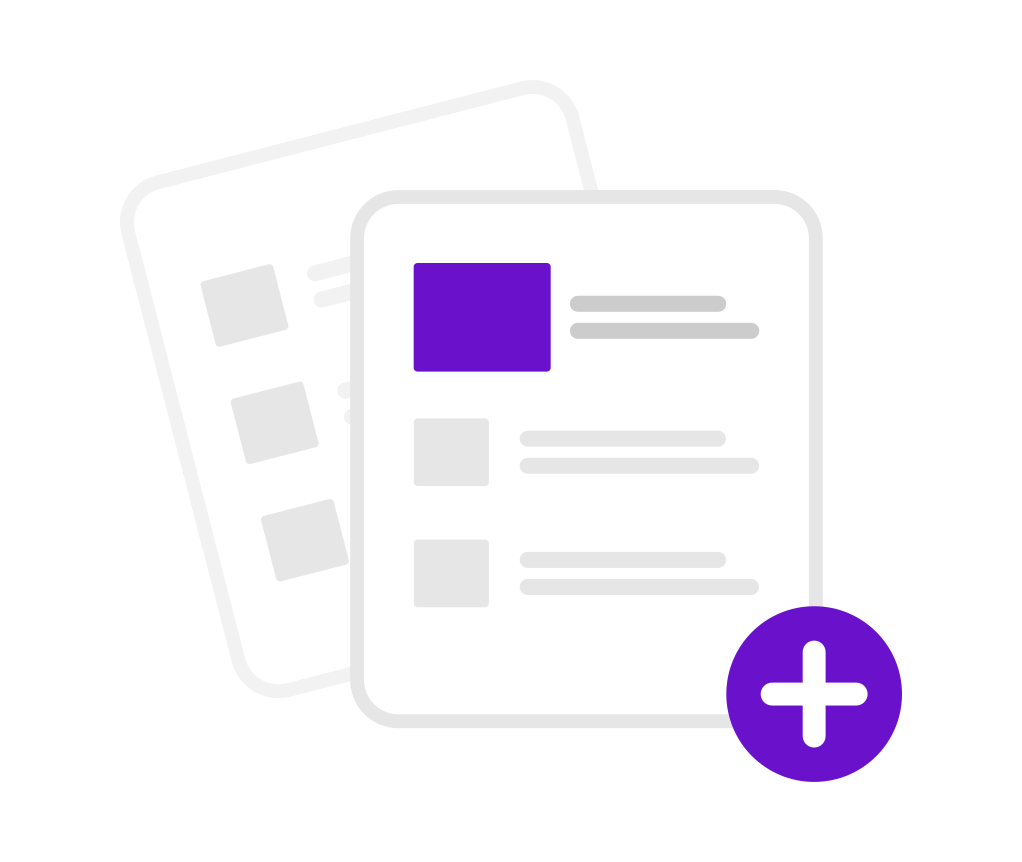In today's competitive business landscape, staying ahead of the curve requires more than just delivering exceptional products or services. It involves understanding the market dynamics, including the strengths and weaknesses of your competitors. By effectively analyzing competitor data, you can uncover insights that inform strategic decisions, improve marketing efforts, and ultimately drive growth. This guide explores the key aspects of competitor data analysis and how to leverage it for strategic advantage.
Understanding Competitor Data
Competitor data encompasses various information about your rivals in the market, including their product offerings, pricing strategies, marketing campaigns, customer reviews, and overall market positioning. By systematically collecting and analyzing this data, businesses can gain a clearer picture of the competitive landscape and identify opportunities for improvement.
Types of Competitor Data
-
Product and Service Analysis:
- Examine the features, benefits, and pricing of competitors' products or services.
- Identify gaps in their offerings that your business can fill.
- Understand their unique selling propositions (USPs).
-
Marketing and Sales Strategies:
- Analyze competitors' marketing campaigns, including advertising, social media, content marketing, and SEO strategies.
- Evaluate their sales tactics and customer engagement methods.
- Identify which channels and messages resonate most with their audience.
-
Customer Feedback and Reviews:
- Collect and analyze customer reviews and testimonials.
- Identify common complaints and areas where competitors excel.
- Use this information to improve your product or service offerings.
-
Financial Performance:
- Review publicly available financial reports and statements.
- Assess competitors' revenue growth, profitability, and market share.
- Identify financial strengths and vulnerabilities.
-
Market Positioning:
- Understand how competitors position themselves in the market.
- Analyze their branding, messaging, and overall value proposition.
- Identify opportunities to differentiate your brand.
Collecting Competitor Data
Effective competitor data analysis begins with systematic data collection. Here are some methods to gather relevant information:
-
Online Research:
- Visit competitors' websites to understand their product offerings, pricing, and marketing messages.
- Follow their social media profiles for updates on promotions, customer interactions, and brand sentiment.
-
Customer Feedback Platforms:
- Use platforms like Yelp, Google Reviews, and Trustpilot to gather customer feedback.
- Analyze reviews to identify common themes and areas for improvement.
-
Financial Reports:
- Access publicly available financial reports from sources like the Securities and Exchange Commission (SEC) for publicly traded companies.
- Review financial news and analysis for insights into competitors' financial health.
-
Industry Reports and Market Research:
- Subscribe to industry publications and market research reports.
- Use these resources to gain insights into market trends, competitor performance, and emerging opportunities.
-
Social Listening Tools:
- Employ social listening tools to monitor competitors' mentions and engagement on social media.
- Analyze sentiment and identify trending topics related to competitors.
Analyzing Competitor Data
Once you've collected the necessary data, the next step is to analyze it to extract actionable insights. Here are some strategies for effective data analysis:
-
SWOT Analysis:
- Conduct a SWOT analysis (Strengths, Weaknesses, Opportunities, Threats) for each competitor.
- Identify areas where your business can leverage strengths and address weaknesses.
-
Benchmarking:
- Compare your performance metrics against competitors.
- Identify areas where you lag and develop strategies to close the gap.
-
Trend Analysis:
- Analyze historical data to identify trends in competitors' performance.
- Use this information to anticipate future moves and market shifts.
-
Gap Analysis:
- Identify gaps in the market that competitors have not addressed.
- Develop strategies to fill these gaps with innovative products or services.
-
Customer Journey Mapping:
- Map the customer journey for your competitors' customers.
- Identify pain points and opportunities to enhance your own customer experience.
Leveraging Competitor Data for Strategic Advantage
The ultimate goal of competitor data analysis is to leverage the insights gained to improve your business strategy. Here are some ways to use competitor data for strategic advantage:
-
Product Development:
- Use insights from competitor analysis to inform product development.
- Identify features and benefits that customers value and incorporate them into your offerings.
-
Marketing Optimization:
- Refine your marketing strategies based on competitors' successes and failures.
- Develop targeted campaigns that address competitors' weaknesses and highlight your strengths.
-
Pricing Strategy:
- Adjust your pricing strategy based on competitors' pricing models.
- Offer competitive pricing or added value to attract customers.
-
Customer Experience Enhancement:
- Improve your customer service and support based on insights from competitors' customer feedback.
- Address common pain points and enhance the overall customer experience.
-
Market Positioning:
- Differentiate your brand by highlighting unique value propositions.
- Position your business as the superior choice in areas where competitors are lacking.
Conclusion
Analyzing competitor data is a crucial aspect of staying competitive in any industry. By systematically collecting, analyzing, and leveraging competitor data, businesses can gain valuable insights that inform strategic decisions, enhance marketing efforts, and drive growth. By understanding the competitive landscape and identifying opportunities for differentiation, you can position your business for long-term success.


